 By Simon Buddle, Future Ready Homes.
By Simon Buddle, Future Ready Homes.
Well it’s back to reality for most of us I’m sure. After a few weeks R&R we’re heading back to work en masse. The joy of getting 5 miles across London in 20 minutes will be lost once more under the near-crippling weight of traffic the UK capital has to endure.
Have you sorted out your remote site access yet? Even if we want to get away from it all, we may have maintenance contracts in place that guarantee our clients a certain level of service, wherever we may happen to be – be that trekking through the wilds of Yosemite National Park (as we did) or climbing the El Capitan rock face (as we did not – apparently it takes four or five days for good climbers to get to the summit).
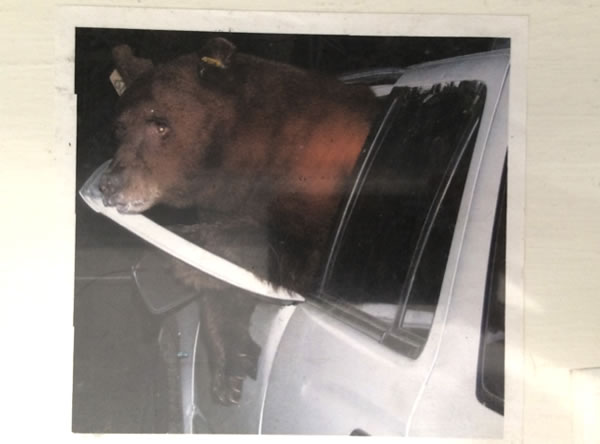

New-build Utopia and Old-build Reality
Creating a system from scratch in a new-build property gives us the freedom to express our design ideas both technically and aesthetically. It provides the opportunity to throw copper around the building to ensure the communication bus is robust. Keypad styles, colours and functionality are many and varied and there’s an actuator to control every conceivable device – usually with a good deal of programming logic to boot. New technology brings energy saving and benefits to an ever-increasing demographic, and everybody is looking for a smart home that is energy efficient. We have the toys they desire.
In terms of housing stock however, new-build represents only a small proportion of the homes in the UK. This excerpt from ‘Existing Housing and Climate Change, Volume 1’ by House of Commons – Communities and Local Government Committee, provides evidence of that:
“The question animating this Report, therefore, is what can be done to minimise and reduce the carbon footprint of the already existing housing stock, particularly given that an estimated 23-25 million of the homes already standing will still be lived in half a century from now. To put it another way, two thirds of the homes likely to exist in 2050 already do.”
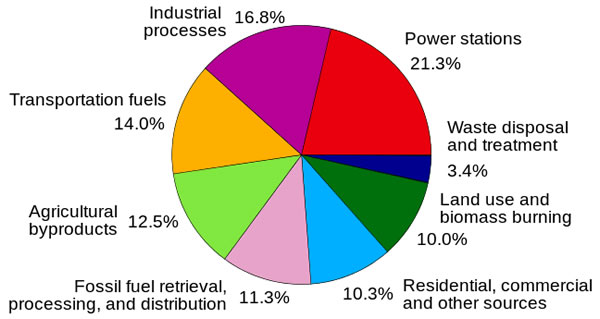
So, most of the houses we need for the UK housing stock are in fact already built. Sadly, that leads to another problem. Here is another excerpt from the same report:
“The average newly built home in the UK emits 0.86 tonnes of carbon a year; the average household living in an existing home is responsible for about twice as much, at 1.6 tonnes, three quarters of which arises from space and water heating and from lighting.”
From those two statements alone, there is evidently a massive opportunity out there waiting to be embraced. Welcome to the retrofit market.
Retrofit Opportunities
Retrofit is at best a challenge and certainly not for the feint-hearted. Going into a home that fundamentally works and suggesting the owners swap it out for a load of new-fangled bits and pieces would seem foolhardy to say the least. But if these homes are to reduce their carbon footprint, something’s got to give. I love copper, and any installation that doesn’t rely on it as its communications medium fills me with dread, but with retrofit, installing new cable is either impossible or at best very limited in what you can do.
Heating
So what might a system in an existing house actually look like from a technical perspective? Where do we start? In my view, the obvious place is the boiler and or hot water tank. Typically co-located and with mains power, this gives us a location to trigger the boiler with heating demand signals. Ideally we’d put in a couple of actuators to control the boiler demand, 2 or 3 port valves and local pumps. Adding in temperature sensing here is easy too. The system PSU and any communication modules would also be located here. This is a place where we’d ideally like to get a network cable – maybe that could run up the outside of the house.
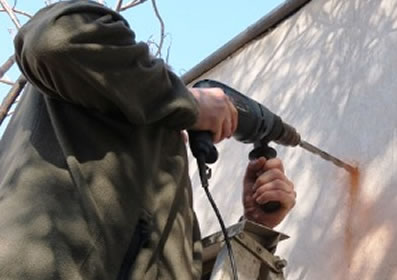
Now we’re off and running, so let’s look at heating around the home. Typically, this will be either radiators or underfloor, but most likely radiators. Radio frequency (RF) KNX valves are available from, amongst others, MDT and Siemens, so getting control of the valves is straightforward. Linking them back to the kit in the boiler room may require an RF to KNX bus device, and of course we’ll need to be careful about positioning those in order to ensure we get coverage of all of the RF devices. This may require some thought since we will probably need to get one or two KNX cables into the building – again possibly we could do this from the outside. Getting into the attic from the ground floor for example, is straightforward externally, and provides great RF coverage of the top floor in the house.
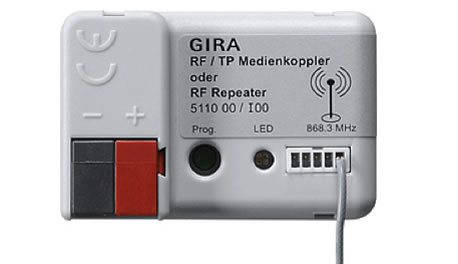
Lighting
From there, adding lighting isn’t too difficult; swap existing light switches, then install RF dimming actuators into the ceiling voids. So, with a little careful planning and possibly the installation of two or three cables to extend the bus/RF capabilities around the property, it should be possible to create a KNX control system.
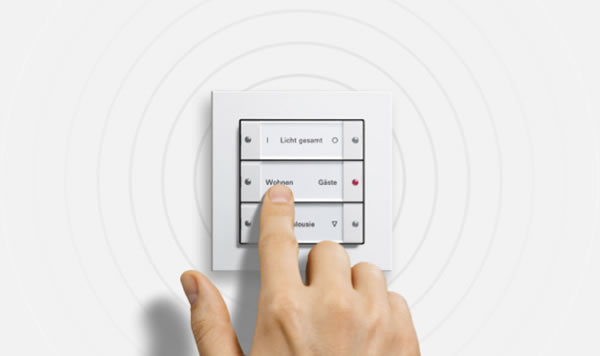
Conclusion
By creating a KNX control system, we give the customer better energy efficiency and a reduced carbon footprint, and for ourselves, hopefully a life-long customer who needs our service and maintenance contract.
Yes, some places are difficult to get to – try climbing to the top of El Capitan – but the effort, so they tell me, is definitely worth it. Getting a couple of bus cables to opposite sides of a house may well be difficult too, but in order to extend the wireless coverage, it is definitely worth the effort, and with the potential of such a huge market, getting to grips with it could well prove profitable.
Simon Buddle is a consultant for Future Ready Homes, a specialist in BMS and ELV services system design. Simon is also a regular contributor to KNXtoday magazine.












